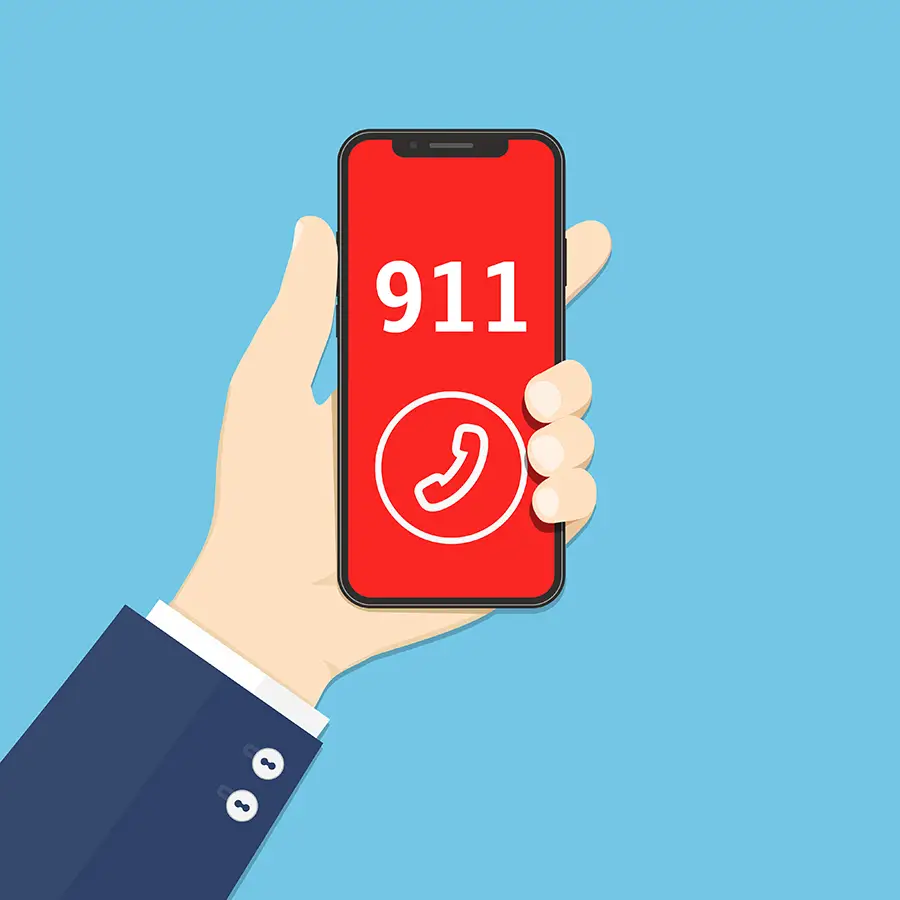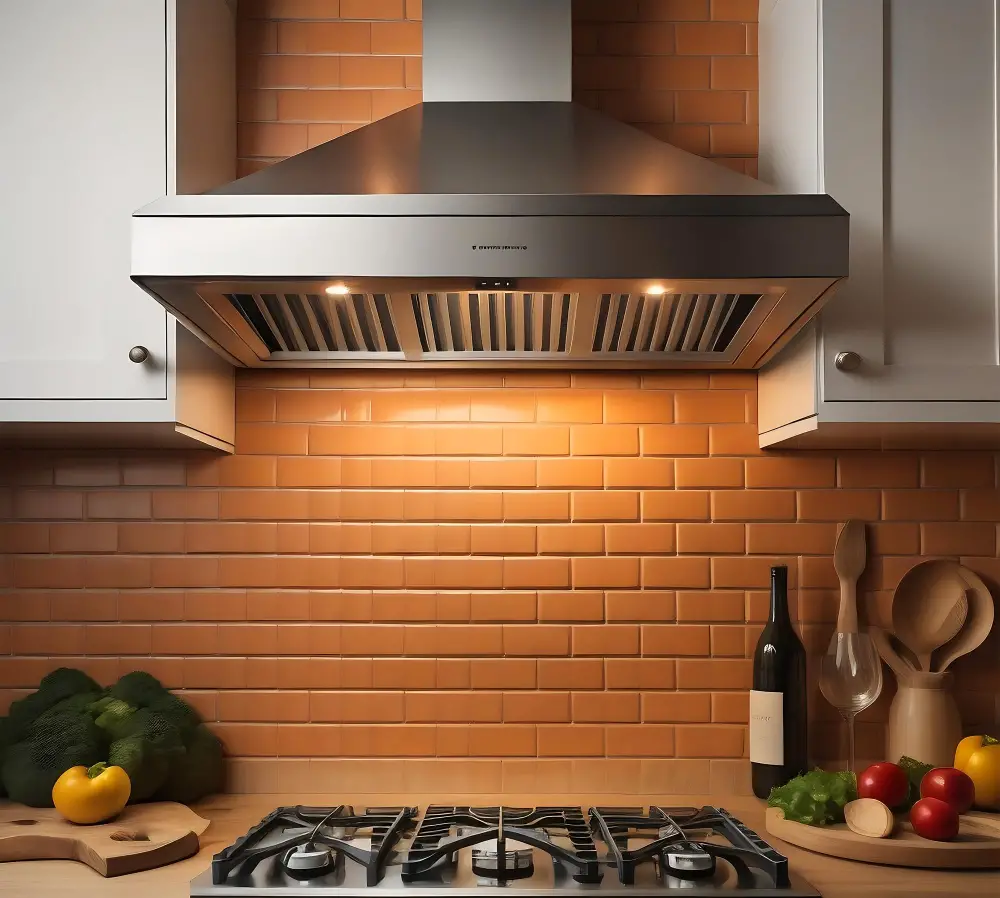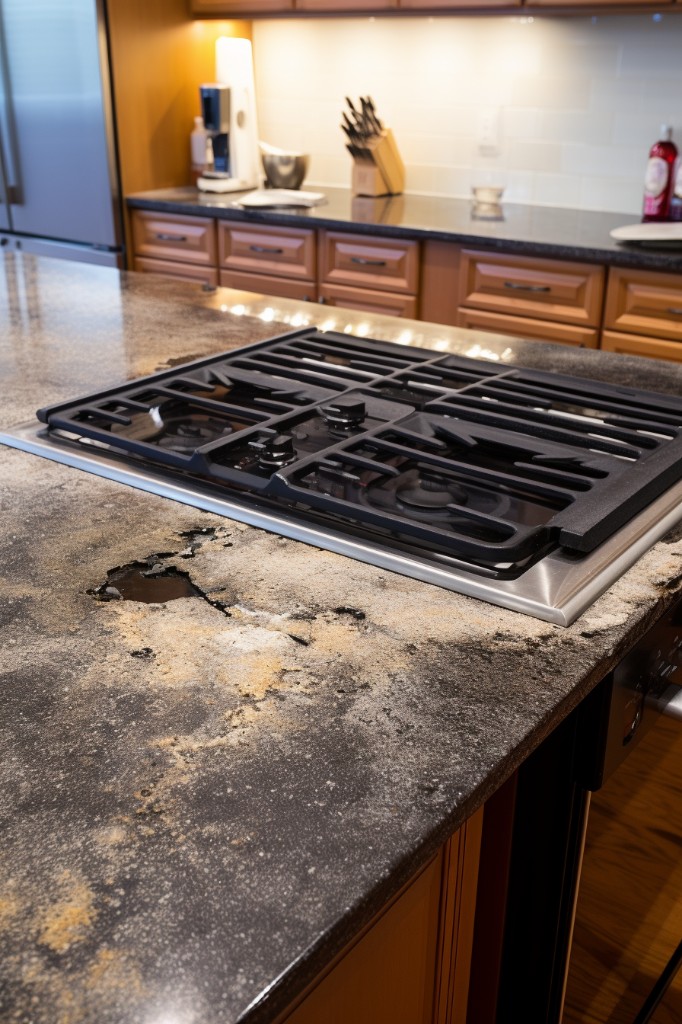Last updated on
Learn effective ways to prevent kitchen burns and keep your cooking safe and enjoyable.
Key takeaways:
- Wear appropriate clothing: Choose snug-fitting attire and non-slip shoes.
- Use oven mitts and pot holders: Protect your hands with heat-resistant materials.
- Keep pot handles turned inward: Prevent spills and accidents.
- Monitor cooking at all times: Set alarms and use timers to avoid distractions.
- Keep flammable items away from heat: Keep dish towels, wooden utensils, paper items, cooking oils, and plastic containers away from flames.
What's Inside
Wear Appropriate Clothing
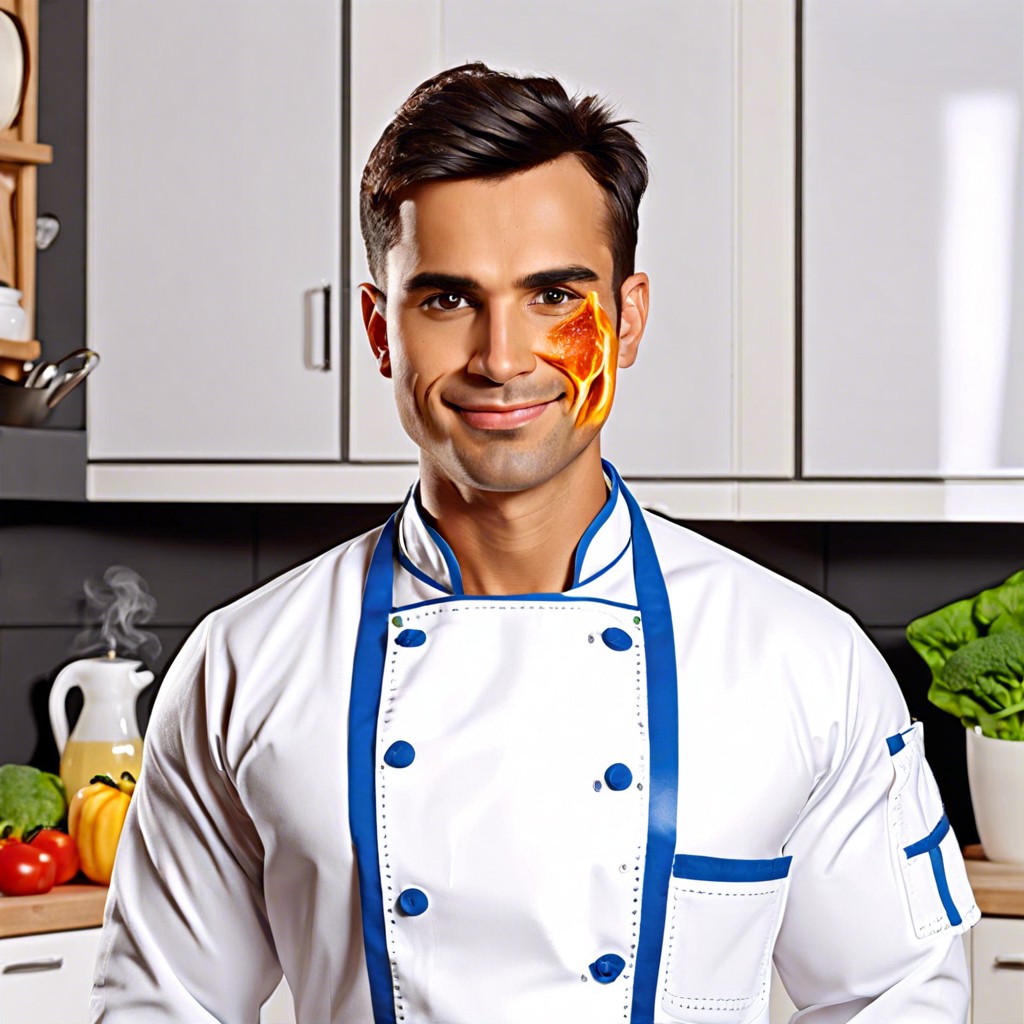
Let’s face it, kitchen disasters aren’t made better by a fashion emergency. Loose sleeves, scarves, and long hair are just begging for trouble. Stick to snug-fitting attire when you’re playing chef.
So, why not pretend you’re on a cooking show and wear an apron? It’s practical and makes you look the part. Remember, synthetic fabrics are your fire-happy enemies. Opt for cotton or other natural fibers that don’t catch fire easily.
And those slippers? Swap them out for some sturdy, non-slip shoes to protect your feet from hot spills or dropped knives. Safety never looked so chic!
Use Oven Mitts and Pot Holders
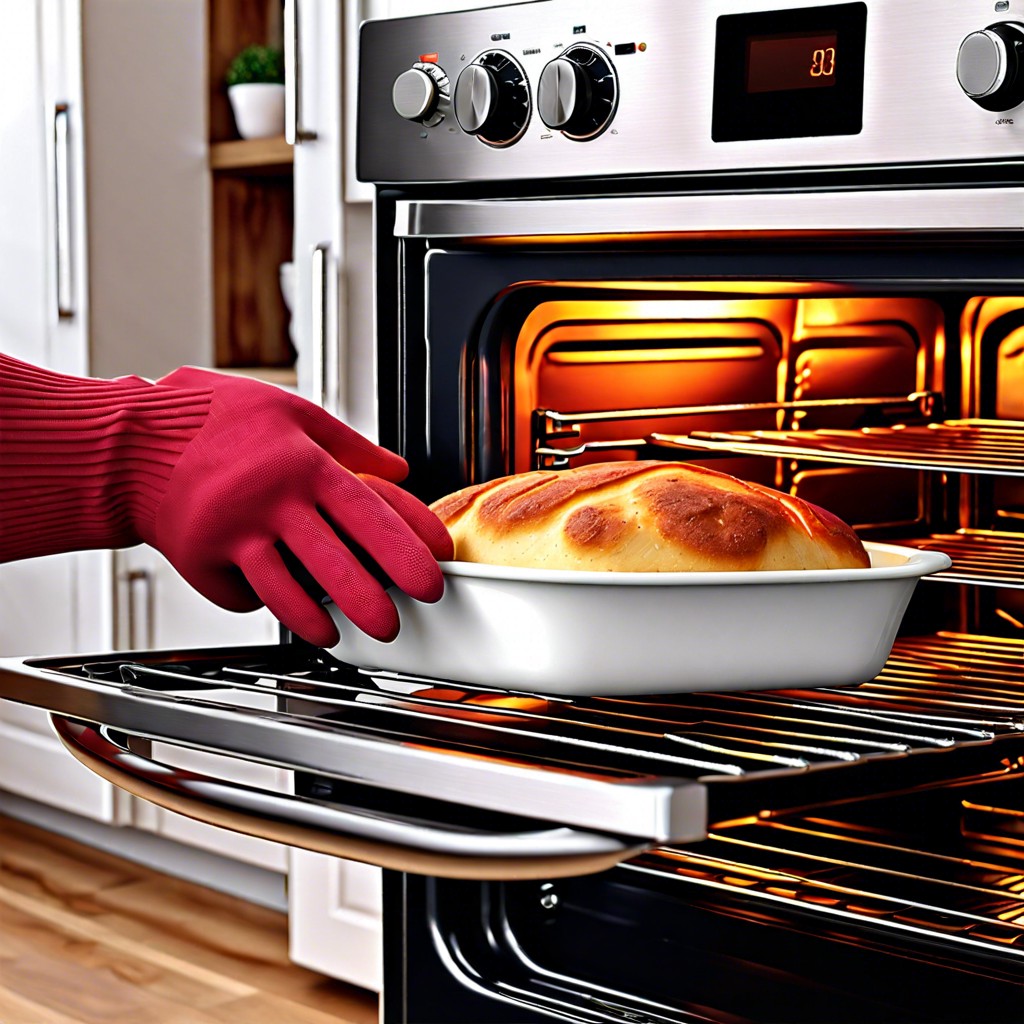
Those thin dishtowels might look appealing, but trust me, they’re no match for a blazing-hot casserole dish.
Here’s the scoop: oven mitts and pot holders are designed to withstand high temperatures, saving your hands from that fiery stove drama.
Always use dry oven mitts. Wet ones can turn into little steam-makers, scalding your skin faster than you can say “hot potato.”
Consider the thickness. Thicker mitts provide better insulation, protecting you from extreme heat.
Use mitts that cover your wrists. Wrist burns from oven racks are no joke, and this extra length can be your saving grace.
Hang them within easy reach of your cooking area. No one wants to do the hot pan hustle searching for mitts.
Lastly, replace them when they wear out. Holes and thin spots are burn invitations.
Keep Pot Handles Turned Inward
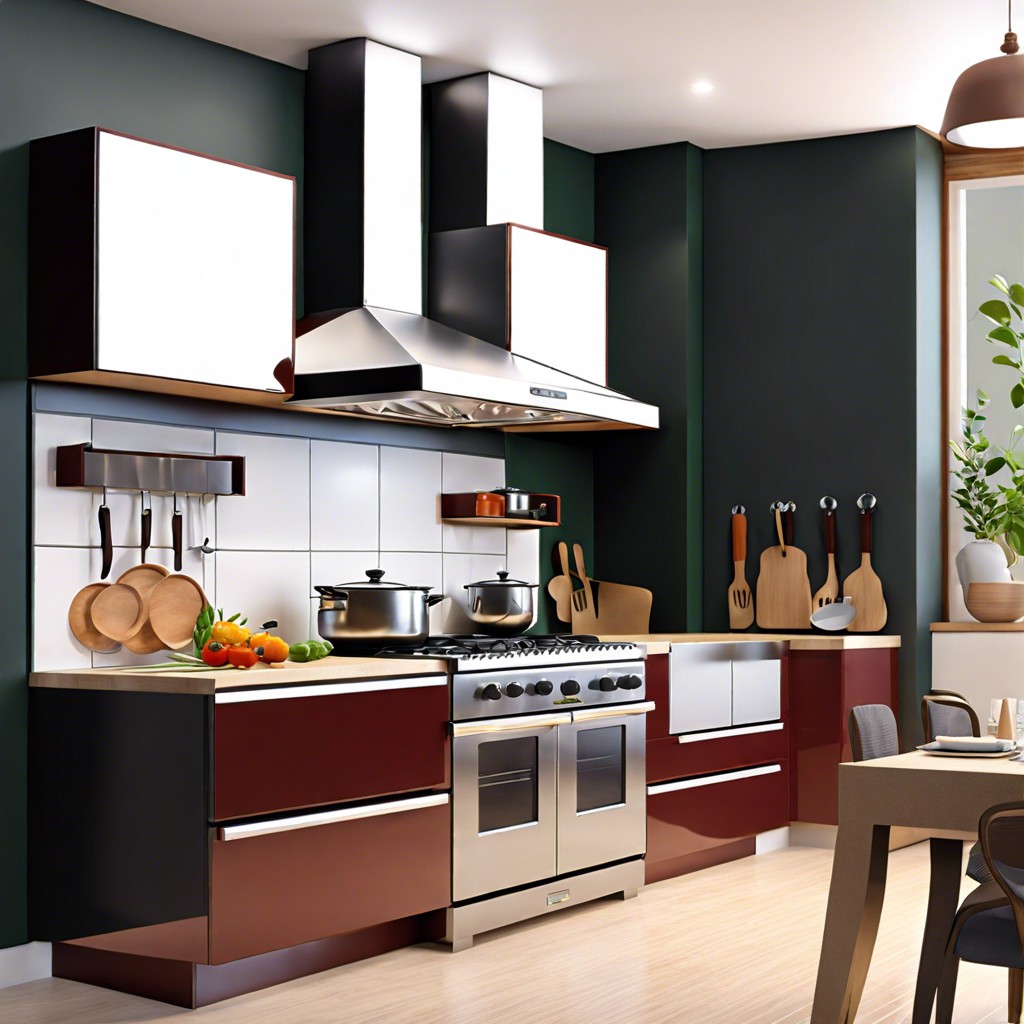
No one wants a boiling pot of pasta to become a surprise foot bath! Keeping handles turned away from the edge of the stove is essential. Little (and big) hands can accidentally bump into them, causing hot contents to spill.
Picture this: a pot handle sticking out is like a runway for chaos. Turning them inward keeps things out of the flight path of elbows and curious kiddies.
Speaking of little ones, if you’re wrangling a toddler while trying to cook, those wandering hands can’t reach handles turned inward. It’s like putting your valuables in a safe that toddlers can’t crack.
Use front burners for heavy pots and always, always check the handle position before walking away. This small habit can save you from big trouble.
Monitor Cooking At All Times
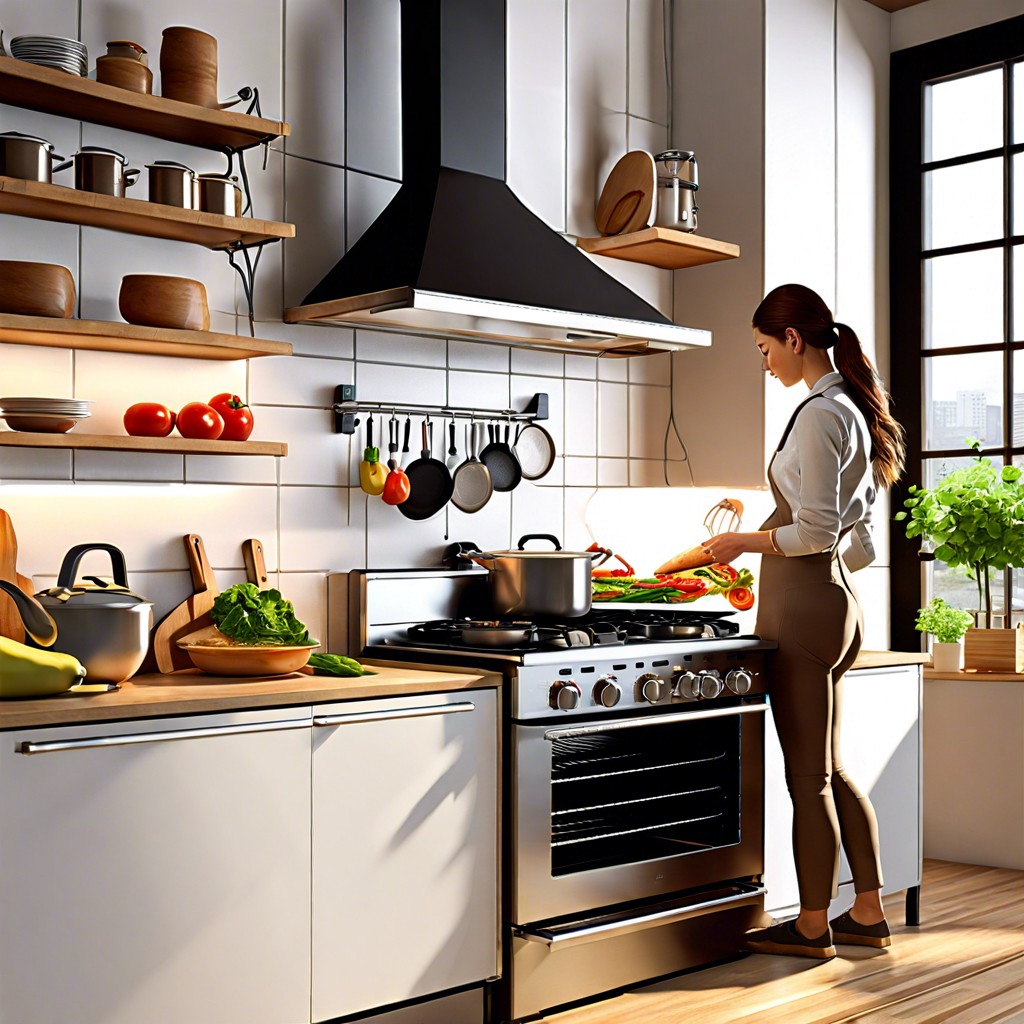
It’s easy to get distracted while cooking, but staying vigilant is crucial. Imagine your dish is the latest episode of your favorite TV series—you don’t want to miss any of the action.
Set alarms on your phone to remind you to check on what’s simmering or baking. Side benefit: you get to pretend you’re a secret agent on a mission.
Keep a timer handy. This is not the same as a phone alarm—timers are the old-school, retro chic you never knew you needed.
If something requires long cooking times, check periodically rather than wandering off completely. Your future self will thank you.
If you need to step away, recruit a sous-chef (any willing family member with nothing better to do!) to keep an eye on things.
And never leave the kitchen if you’re using high heat or oil, because who wants to deal with a smoke alarm serenade? Trust me, nobody.
Keep Flammable Items Away From Heat
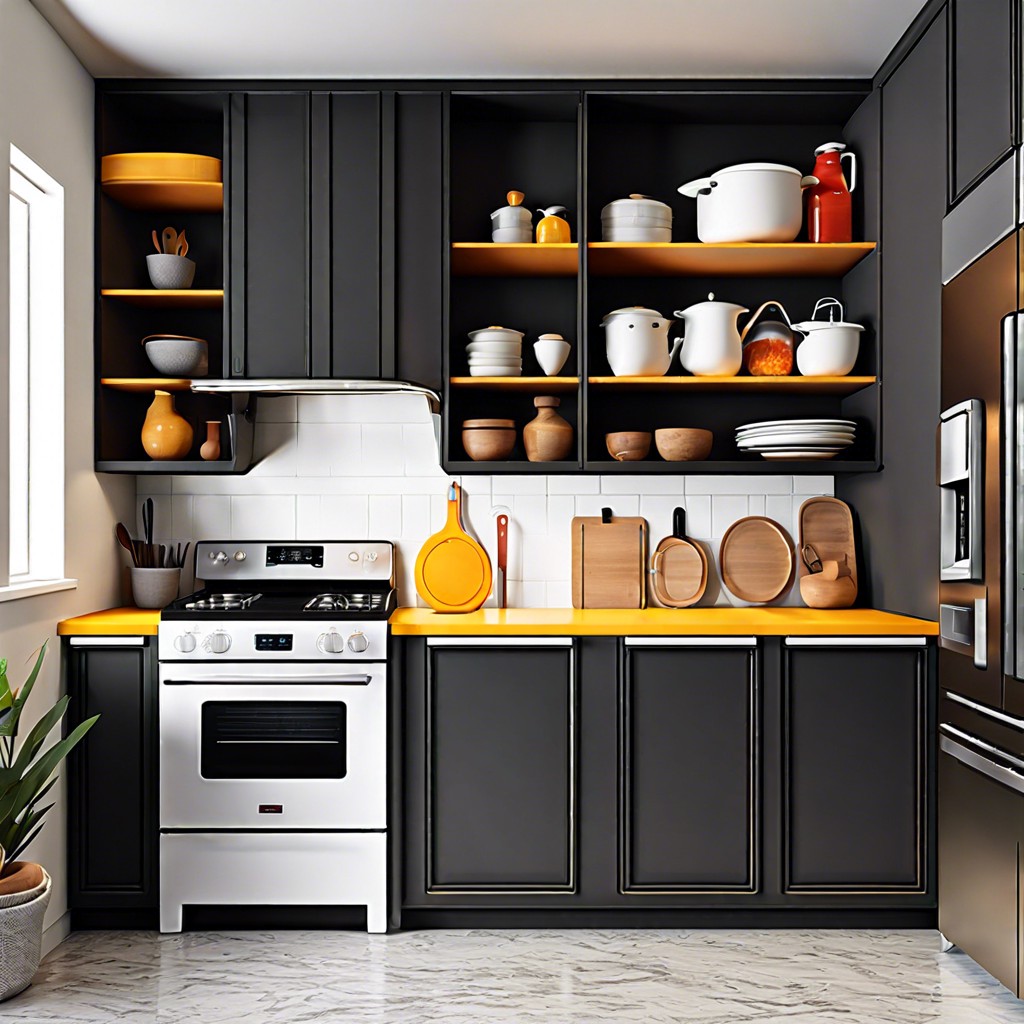
Sure, let’s talk about those sneaky, flammable items you wouldn’t want near any heat source.
Dish towels: These guys love to hang around stoves. Big mistake. Keep them far from burners unless you’re interested in a kitchen bonfire.
Wooden utensils: Handy for stirring, terrible near flames. They might not burst into flames like a torch, but they’ll smolder and smoke faster than you can say “Oops!”
Paper items: Recipes might be on paper, but they don’t need to be setting a bad example. Keep them away from the heat unless you want your culinary masterpiece to include the fine aroma of overdone parchment.
Cooking oils: These aren’t just flammable, they’re a little too eager to start a grease fire. Keep bottles closed and stored away from the stovetop to avoid playing firefighter.
Plastic containers: Unless you’re going for a toxic meltdown scene, steer plastics clear of anything hot. They melt. It’s not fun. You won’t enjoy the cleanup, trust me.
Be vigilant about these common kitchen items and you’ll avoid a lot of fiery mishaps in your cooking adventures.
Install and Maintain Smoke Alarms
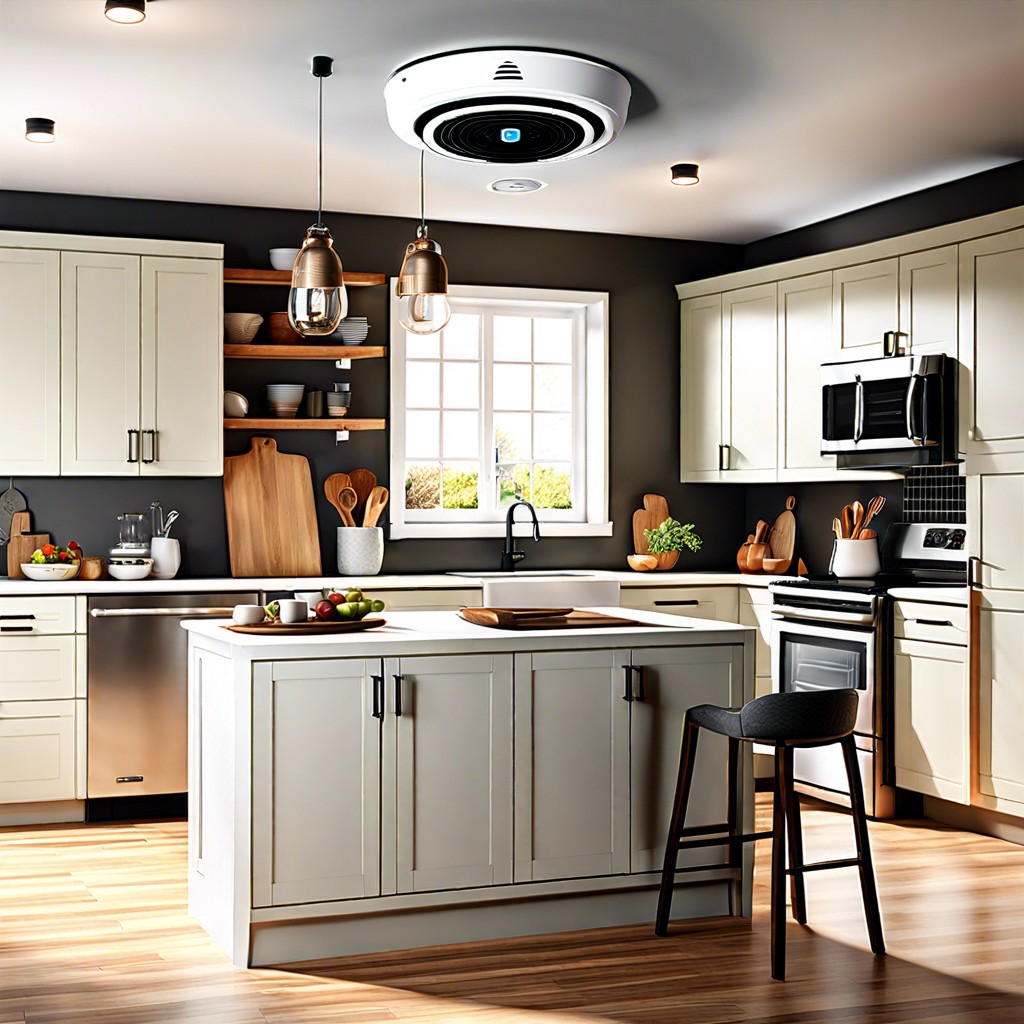
Imagine you’re creating the best soufflé of your life when suddenly, smoke starts billowing from the oven. Pure chaos, right? This is where our trusty smoke alarms come into play. Here’s what to keep in mind:
First, make sure there’s a smoke alarm installed in or near your kitchen. Close doesn’t mean above the stovetop – that’s like putting a phone booth in a swimming pool; it just doesn’t make sense.
Regularly test your smoke alarms. A simple press of the test button once a month keeps things in check. No need to perform a full-blown fire drill, unless you want to see everyone sprint outside in their pajamas.
Change the batteries yearly. Smoke alarms are like that friend who can’t function without coffee; give them a fresh jolt to keep them reliable.
Keep them clean. A gentle vacuuming can help prevent dust from interfering with the sensors. Think of it as giving your smoke alarm a spa day.
Having smoke alarms is awesome, but maintaining them is key. After all, a smoke alarm that doesn’t work is about as useful as a chocolate teapot. Stay safe, folks!
Educate Yourself On First Aid for Burns
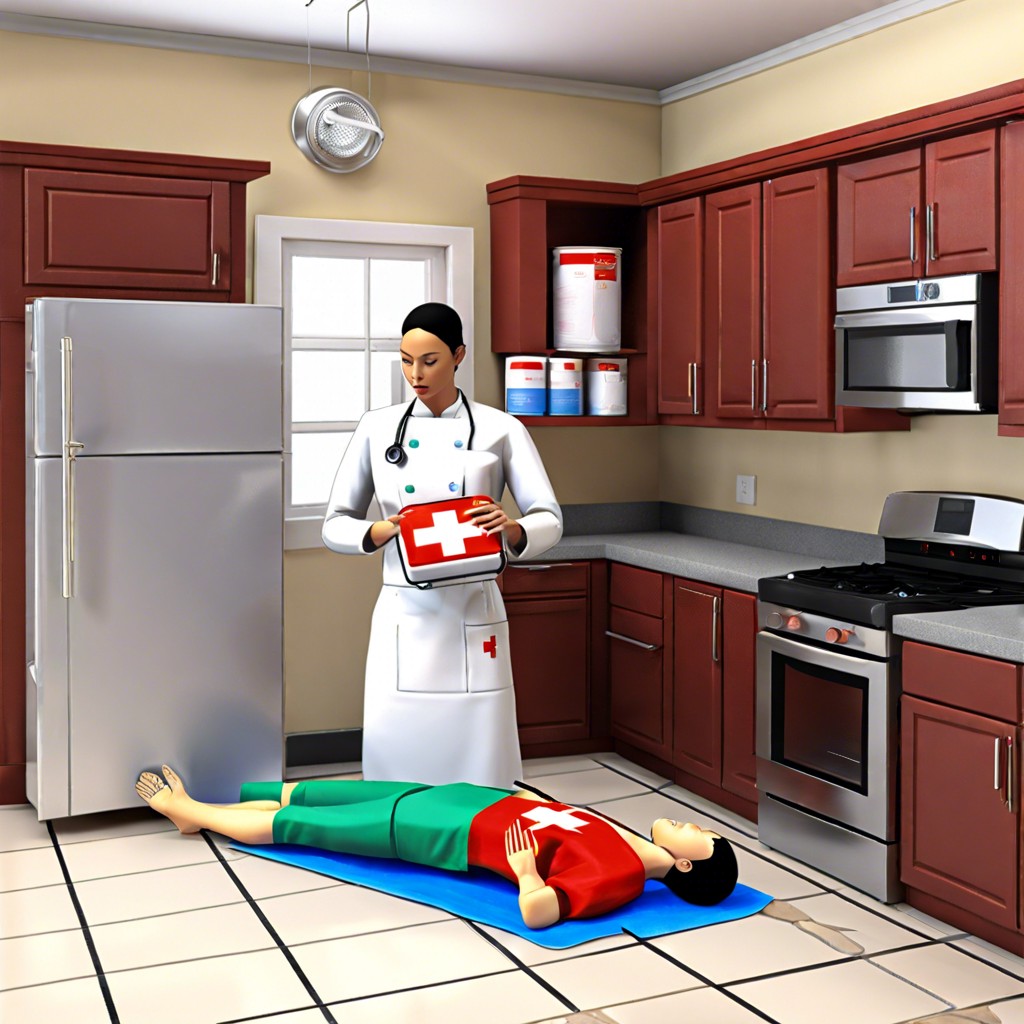
Knowing what to do if you or someone else gets burned can make all the difference. Keep calm, but act quickly.
First, cool the burn. Hold the affected area under cool running water for at least 10 minutes. Skip the ice; this isn’t the time for a polar bear plunge.
After cooling, cover the burn with a clean, non-stick sterile bandage. Avoid fluffy cotton balls; those are better for snowball fights, not burns.
Resist the temptation to apply butter or oils. You’re not making a grilled cheese sandwich, and they can actually make the burn worse.
For more serious burns, especially those larger than your palm, seek medical attention immediately. Don’t try to play doctor unless you actually went to medical school.
Knowing these steps keeps you ready for minor mishaps and helps ensure burns are treated quickly and effectively.
Continue reading:
